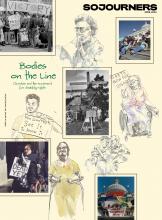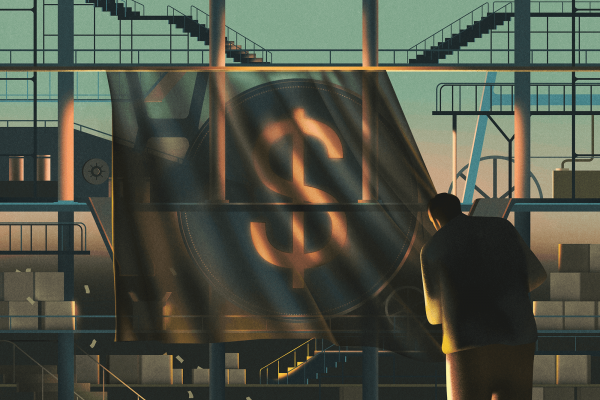TWO YEARS OF living through a pandemic has given us deeper insight into how extreme inequalities of income and wealth matter—and in some cases dictate who lives and who dies.
The pandemic economy supercharged existing inequalities, worsening the economic circumstances of the already precarious while further concentrating wealth and power in the hands of the already wealthy. In the first 21 months of the pandemic, roughly 700 U.S. billionaires saw their combined wealth increase by $2.2 trillion, even as millions lost their lives and livelihoods. A few hundred U.S. billionaires now have a combined wealth of $5.2 trillion, while the bottom half of all U.S. households—165 million people—have a combined $3.4 trillion.
It’s easy to see these inequality trends as invisible or remote forces without agency, or as failures of government policymakers to write the rules of the economy to ensure greater shared prosperity. However, there are private actors who function as “agents of inequality” whose daily work inflames existing divisions. These include what social scientists call the “wealth defense industry”—the veritable professional army of accountants, tax lawyers, wealth managers, and family office staffers that facilitates the hiding and sequestering of wealth.
These enablers serve the ultrawealthy—those with wealth upward of $30 million—and are paid millions to hide trillions. They labor to ensure that there is a two-tier tax system, with one set of rules for their ultrawealthy clients and another set of rules for everyone else. They also facilitate the creation of inherited wealth dynasties and monopoly power, directly exacerbating the existing racial wealth divide and entrenching concentrations of wealth and power.
The role of these enablers is in plain sight as nations around the world try to recover from the pandemic and find revenue to pay for it.
Read the Full Article

